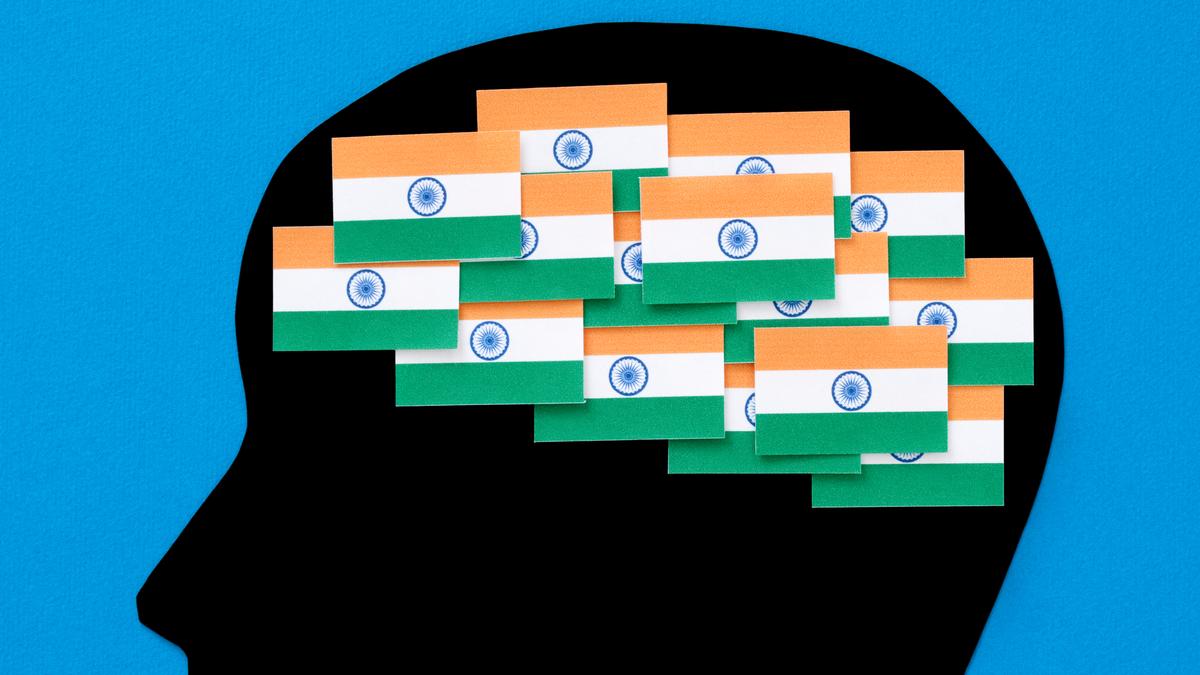- Courses
- GS Full Course 1 Year
- GS Full Course 2 Year
- GS Full Course 3 Year
- GS Full Course Till Selection
- Answer Alpha: Mains 2025 Mentorship
- MEP (Mains Enrichment Programme) Data, Facts
- Essay Target – 150+ Marks
- Online Program
- GS Recorded Course
- Polity
- Geography
- Economy
- Ancient, Medieval and Art & Culture AMAC
- Modern India, Post Independence & World History
- Environment
- Governance
- Science & Technology
- International Relations and Internal Security
- Disaster Management
- Ethics
- NCERT Current Affairs
- Indian Society and Social Issue
- NCERT- Science and Technology
- NCERT - Geography
- NCERT - Ancient History
- NCERT- World History
- NCERT Modern History
- CSAT
- 5 LAYERED ARJUNA Mentorship
- Public Administration Optional
- ABOUT US
- OUR TOPPERS
- TEST SERIES
- FREE STUDY MATERIAL
- VIDEOS
- CONTACT US
Supreme Court Ruling on Child Betrothals
Supreme Court Ruling on Child Betrothals
22-10-2024
- On October 18, 2024, The Supreme Court of India ruled that child betrothals are often used to avoid punishment under the Prohibition of Child Marriage Act (PCMA).
- Child betrothals violate a child’s “free choice” and “childhood.”
- The Court urged Parliament to consider banning these practices by amending the Prohibition of Child Marriage Act (PCMA), 2006 and and declared it will override all personal laws.
- This judgment aims to tackle the ongoing issue of child marriage and the cultural practices that support it.
What are Child betrothals?
|
Key Points of the Judgment
- The Supreme Court, led by Chief Justice D.Y. Chandrachud, stated that the current anti-child marriage law (Prohibition of Child Marriage Act (PCMA) is unclear regarding child betrothals.
- The Court said that child betrothals are often misused to bypass legal repercussions associated with child marriage.
- The Court urged Parliament to ban child betrothals and classify any child whose marriage is arranged as “a minor in need of care and protection” under the Juvenile Justice Act.
- The judges said that India has not adequately addressed the issue of child betrothals, despite international recognition of the problem since the Convention on the Elimination of All Forms of Discrimination against Women (CEDAW) in 1977.
- The PCMA defines girls under 18 and boys under 21 as children, making child marriage a criminal offense and a social issue.
Background on Prohibition of Child Marriage Act (PCMA):
- Under PCMA, girls below 18 and boys under 21 are considered children.
- The act criminalizes child marriage and recognizes it as a social evil.
- The government's recent note aimed to clarify that PCMA should take precedence over conflicting personal laws but has yet to be formally adopted.
Impacts on Boys and Girls:
- The Court pointed out that boys also suffer due to societal pressures, often leading to violence against child brides.
- The judgment highlighted the need to consider the rights and experiences of boys alongside girls in the context of child marriage.
Progress and Challenges:
- The Court said that since the PCMA was enacted, the rate of child marriages in India has decreased from 47% to 23.3%.
- However, challenges remain in effectively preventing child marriages.
- The existing programs are helpful but not comprehensive enough to tackle the issue fully.
Concerns Raised by the Court:
- The Court linked child marriage to the increased risk of sexual exploitation, particularly for girls, emphasizing that it fundamentally undermines their rights and dignity.
- Child marriage means that children are forced to get married, which forces them to take on adult responsibilities, like running a household or having children.
- This takes away their chance to enjoy being kids and experiencing a normal childhood, such as going to school, playing, and growing up without pressure.
- It can harm their physical and emotional well-being, preventing them from living a carefree childhood.
Recommendations and Guidelines:
- Sexuality Education: The Court recommended implementing age-appropriate and culturally sensitive sexuality education in schools.
- Community Initiatives: Suggested initiatives like a ‘Child Marriage Free Village’ campaign to raise awareness and combat child marriage at the community level.
- Online Reporting Mechanism: The establishment of a portal for reporting child marriages, aimed at facilitating timely intervention.
- Compensation Schemes: Proposed the Ministry of Women and Child Development create a compensation scheme for girls opting out of child marriages.
- Annual Budget Allocation: Suggested that an annual budget be allocated to prevent child marriages and support affected individuals.
Child Marriages in India:
Key Statistics
Prohibition of Child Marriage Act (PCMA), 2006
State vs. Central Jurisdiction
Central Government Initiatives:
Challenges:
Prohibition of Child Marriage (Amendment) Bill, 2021:
Impact of the Prohibition of Child Marriage Act:
|




